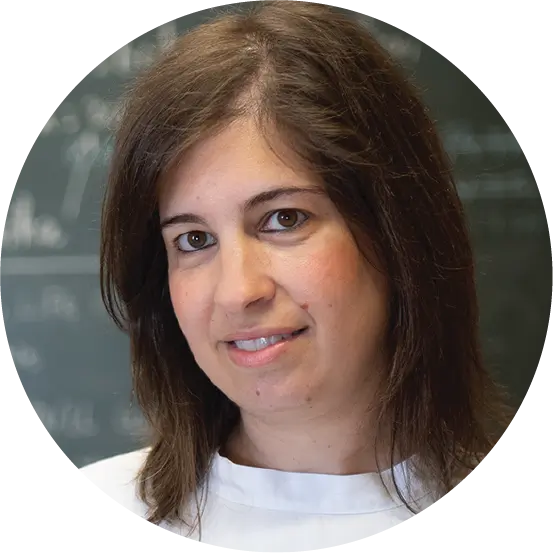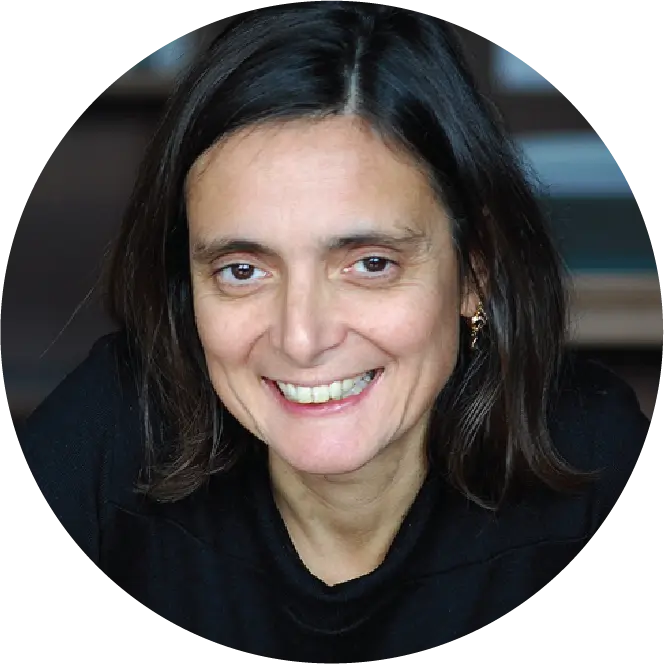Portuguese ERC Grantees in COST Actions
Both the European Research Council (ERC) and COST contribute to the free flow of ideas and researchers in Europe, welcoming individuals regardless of their scientific field, career status, and country of origin. The ERC focuses on excellence, supporting both research and researchers, while COST plays a unique role as a bridge. It brings together excellent research projects and allows researchers and innovators to develop their ideas across various fields of science and technology by sharing them with their peers.
Through COST Actions, ERC grantees have the opportunity to interact with leading researchers from Europe and beyond, regardless of their location. This opportunity is particularly valuable for young researchers who may have had fewer chances to network and are less familiar with European funding opportunities. It’s also beneficial for researchers from Inclusiveness Target Countries (ITC). This story of 3 ITC researchers from Portugal is one of collaboration, networking, and synergies between the ERC and the COST programme.
Manuela Gomes’ synergies in tendon regeneration

The ERC Consolidator Grant MagTendon – Magnetically Assisted Tissue Engineering Technologies for Tendon Regeneration, coordinated by Dr Manuela Gomes, explores new ways to help tendons heal. Researchers are using technologies such as 3D bioprinting with different materials and magnets to create systems that act like real tendons. Adding special cells to these systems gives them the right signals to help regenerate tendon tissue. It’s like giving the body a little instruction manual on how to repair its own tendons! “I feel very lucky to be coordinating an ERC project”, says Manuela.
“Networking in science is not only fundamental – it is the best part of the work, the part that gives us a sense of purpose”
Manuela Gomes
The main motivation for Dr Gomes to apply for the COST Action was to take advantage of the network developed over the years and to address the multidisciplinary challenges in advancing therapies for tendon injuries and diseases. In particular, she was inspired by two young researchers in her team, who highlighted the profound impact of collaborative projects on their professional development and the overall growth of the team.
Manuela is now leading the new COST Action TEndon Regeneration NETwork (TENET), demonstrating the dynamic synergy between the ERC and COST programmes. She sees the COST Action as a platform to address multidisciplinary challenges in tendon therapies. Current repair strategies mainly involve surgery, but the clinical outcome is poor, demanding alternative approaches. The main aim of TENET Action is to create a scientific network of excellence integrating academics, research laboratories, clinicians, biotechnological companies, and regulatory bodies to foster the scientific and industrial capacity to develop, test and translate advanced regenerative therapies to promote tendon tissue regeneration and restoration of tendon function in order to improve patient treatments and outcomes.
Manuela’s move to TENET stems from a deep belief in the power of collaboration. In her words: “Networking in science is not only fundamental – it is the best part of the work, the part that gives us a sense of purpose”. She believes that researchers benefit not only on a scientific level, but also in terms of soft skills and personal development: “I strongly believe that we need support to develop basic science projects, while recognising the importance of sharing knowledge, perspectives and resources to take our research to a higher level and solve the constant demands and challenges of an ever-changing world,” she explains.
Dr Manuela Gomes is Professor at the University of Minho, the Chair of the TENET COST Action, ERC and EC Twinning Project Achilles grantee.
Tasting the future: Susana Soares explores flavours in COST Action FLAVOURsome
Susana Soares is another Portuguese scientist who has been awarded an ERC Starting Grant for an innovative project – called BeTASTy – New Molecular and Cell-based Approaches to assess Food Astringency and Bitterness. This project, in the field of food biotechnology, focuses on understanding the taste of food, especially food of plant origin. Specifically, the researcher and her team are investigating two sensory properties: bitter taste and astringency, which are unappealing to consumers but have beneficial effects on health. Susana applied for a COST Action to build a diverse network of flavour researchers. She says: “This exposure not only helps me, but also opens doors for collaborations and opportunities”. The financial support and mobility opportunities offered by COST also help researchers in their careers.

“Together, ERC and COST offer more funding, more expertise and a larger network”.
Susana Soares
Susana is now leading the new COST Action Future of plant-based food: Bridging the gap of new proteins and FLAVOURsome (FLAVOURsome), which also highlights the collaboration between the ERC and COST programmes. FLAVOURsome will address the challenge of making plant-based diets tasty, recognising that taste plays an important role when people try new foods. Susana explains: “Our main objective is to bring together experts in flavour – taste, aroma and sensation – to share information and develop new ways to explore and improve this area of research”.
When talking about the importance of synergies between EU programmes, Susana keeps it simple: “The ERC supports high-risk research, while COST encourages collaboration. Together, they offer more funding, more expertise and a larger network. This helps researchers tackle difficult problems and come up with new ideas”.
Susana Soares, is Associate Professor at the Faculdade de Ciências da Universidade do Porto and a researcher at REQUIMTE LAQV. She is Chair of the COST Action FLAVOURsome, the PI of an ERC Starting Grant, BeTASTy, and coordinator of an Horizon Europe project, WHEATBIOME.
Revitalising middle-class housing: Ana Vaz Milheiro’s success

photo Smadar Bergman
The COST Action network is a strong asset when submitting an ERC grant proposal. An example of this is Ana Vaz Milheiro, an ERC grantee and the Chair of the COST Action European Middle Class Mass Housing (MCMH-EU). This Action focused on housing for the European middle class between 1950 and 1980, covering 33 countries with different historical and built experiences. Filling a gap in housing policies that often neglect the middle class, the Action examined the vulnerability of this population group in accessing housing and its role in shaping European cities.
“The ERC guarantees economic and intellectual independence, not tied to political agendas. The COST Action provided tools for teamwork and access to a diverse network of researchers”
Ana Vaz Milheiro
The collaborative effort brought together experts in history, theory and policy, and promoted discussions on intervention processes, conservation and the updating of housing policies. Ana Milheiro says: “In a spirit of sharing, we can face the future and the challenges of housing for the European middle class”. During the Action, workshops with stakeholders led to the signing of the Frankfurt Declaration on Housing in April 2023. The Declaration links historical housing issues with contemporary challenges and proposes measures to increase renovation and promote new forms of housing. Ana Milheiro, has received an ERC grant ‘ArchWar. Dominance and mass-violence through Housing and Architecture during colonial wars’, for her work on colonial architecture produced by the former Portuguese diaspora.
Speaking about the importance of linking different research programmes, Ana highlights the challenges faced by researchers in countries with limited national funding, such as Portugal. She sees the COST Action as a crucial window for Portuguese researchers to join international teams, access cutting-edge research and expand their networks. “The ERC guarantees economic and intellectual independence, not tied to political agendas. The COST Action provided tools for teamwork and access to a diverse network of researchers”, say Ana.
Ana Vaz Milheiro, Associate Professor with Aggregation at the Faculty of Architecture of the University of Lisbon is a researcher at Dinâmia’CET-IUL and at the Centre for African Studies of the University of Porto. She is the Chair of the COST Action European Middle Class Mass Housing (MCMH-EU) and she received an ERC Advanced Grant for her work on colonial architecture produced in the former Portuguese diaspora.
Bridging the excellence
These three examples illustrate the strong collaboration between the ERC and the COST programme, and highlight the importance of synergies in advancing research and promoting brain circulation in Europe. From tackling the challenges of tendon regeneration to exploring the taste of plant-based foods, to studying the history of European middle-class housing, these projects demonstrate the diverse impact of joint efforts.
Further reading:
Read about COST Action TEndon Regeneration NETwork (TENET)
Read about COST Action Future of plant-based food: Bridging the gap of new proteins and FLAVOURsome (FLAVOURsome)
Read about COST Action European Middle Class Mass Housing (MCMH-EU)
